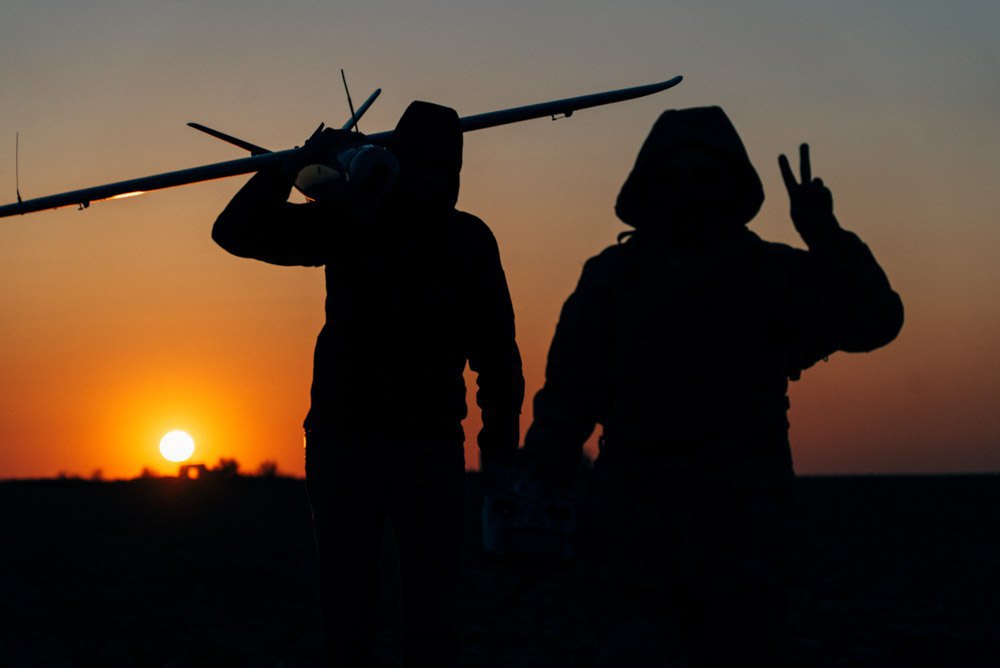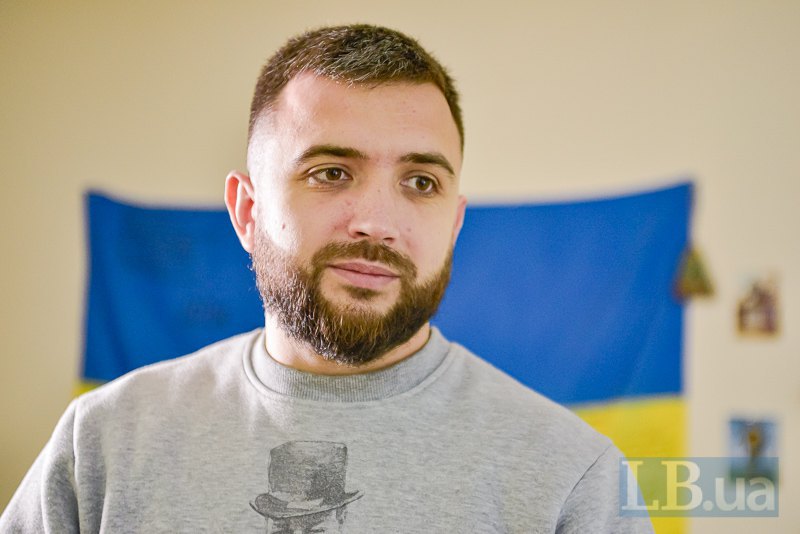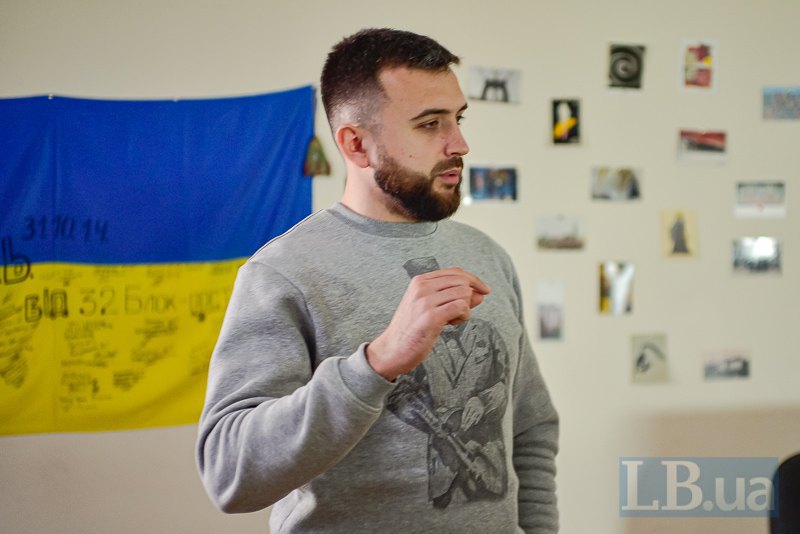
"After the full-scale invasion, we began to raise huge sums of money; this is also woven with the fact that people became scared."
In 2021, you headed the fundraising direction in "Come Back Alive." Even before the war, the foundation was number one among volunteers, and when the war broke out, no one had doubts about whom to give money to. How did you do it?
In 2021, we decided to separate the fundraising direction; we started active cooperation with our existing partners and searched for new ones. In 2021, this process was systematized, and our efforts gave results. Indeed, when the war broke out, people did not have doubts about whom to donate to. It is because for eight years, "Come Back Alive" has been proving with concrete projects and actions that we are an effective and competent fund to help the army.
After the full-scale invasion, we began to raise colossal sums of money; this is also woven with the fact that people became scared, and fear always motivates people to take specific actions. And if you can't do something on your own, then try to help at least financially those who have been doing it for many years and know how to do it right.
On the first day of the war, you collected more than in the previous eight years.
Yes, by the beginning of 2022, we raised a little over 200m hryvnias. And in the first month of the war, we raised more than 2bn hryvnias. And it's really impressive because we collected more in one day than in all previous years together.
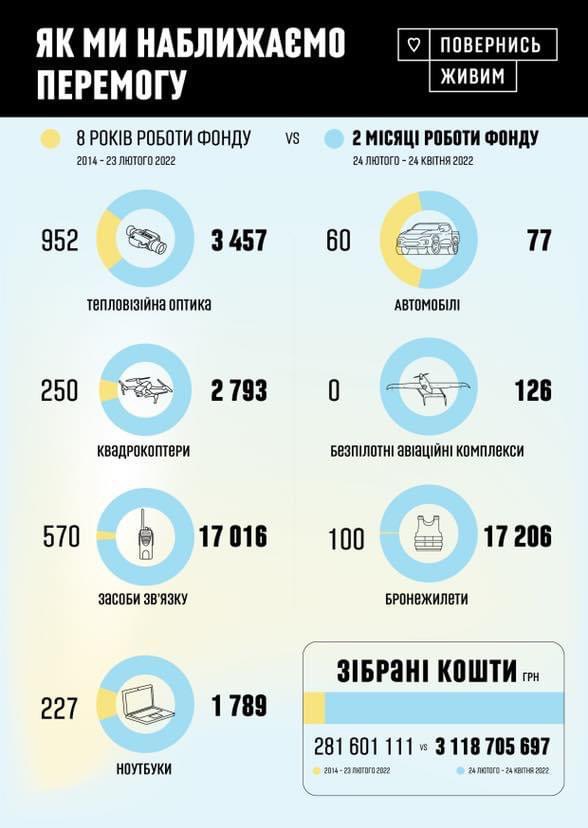
You used to buy, let's say, 5 or 10 "Maviks" (reconnaissance drones - LB.ua); now, you buy a batch of 1,500 units at once. The scale has grown, but so has the responsibility. How did it affect you?
Last year we bought about 300 drones, but now, as you said, we have bought 1,500 units in one batch. This is a big load. First, we switched the whole story to international cooperation because there were no such quantities in Ukraine - during the first days of the war, we bought everything we could: quadcopters, thermal imagers, radios, monitors, and other network equipment, laptops.
Did you buy everything, or were there cases of donations?
In most cases, we bought the things out. There were people who donated, but it was small volumes. Some companies provided us with a good discount, but there were no large-scale donations. Only some isolated cases.
Let's return to the change of scale.
We immediately increased the team. In the first month of the war, many volunteers helped; they simply helped out in various areas voluntarily - logistics, law, accounting. As a result, the team increased from 27 people to 64.
An additional complication was that until 2022 we purchased everything exclusively in Ukraine, so we simply did not have experience in foreign economic activity.
We were in some kind of chaos for more or less two weeks, like the whole country, but then we quickly systematized all the processes, and everyone began to do their own thing. So we've figured out what extra people need to do, and we've been able to handle these volumes.
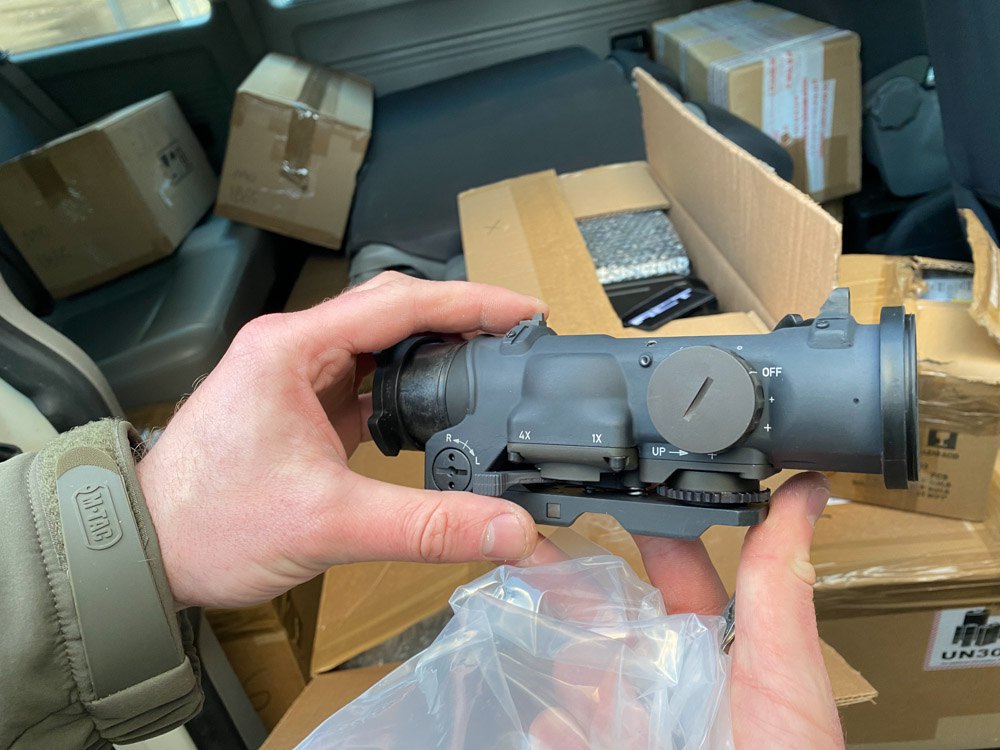
The team's principal position is that all the funds we receive to support the army are directed to support the army. But you need to understand that all full-time employees working in a team receive salaries. They are not very big, but people need to get paid for the team to work effectively. There are also some administrative costs - renting an office, etc. That is why we are looking for administrative costs funding and team development separately from general donations.
How do you handle the purchases abroad? Let's say, you go to a large manufacturer or seller of drones and say: "Good afternoon, we are a volunteer foundation, we would like to buy your drones"? Was there a question: who are you? Especially since you buy not only drones but also dual-use goods.
Of course, questions arose; I will say more; they still arise because some countries simply do not want to sell this or that equipment, especially dual-use goods, to some kind of NGO or charity foundation. In some countries, there is a direct ban on the sale of specific equipment.
In the beginning, we were buying small batches, for example, 30, 40, 50 radio stations, which are really very small quantities. But then suppliers from the United States, Asia, and Europe began to come to us.
We immediately started to filter the suppliers very carefully because we are at war, and the people abroad are not. There are fraudsters over there and people who simply want to put their hands on someone's money. Everyone is trying to get profits; everyone is trying to cheat. Therefore, I express my special gratitude to our lawyers and accountants: they did not stop working even in the first days of the war and requested all the relevant documents to make payments. Plus, the financial monitoring of the bank is quite active in this area; they are monitoring suppliers very meticulously and checking them.
There were some problems, they are partially solved, but such thing as to hit us up for a batch of something - it never happened.
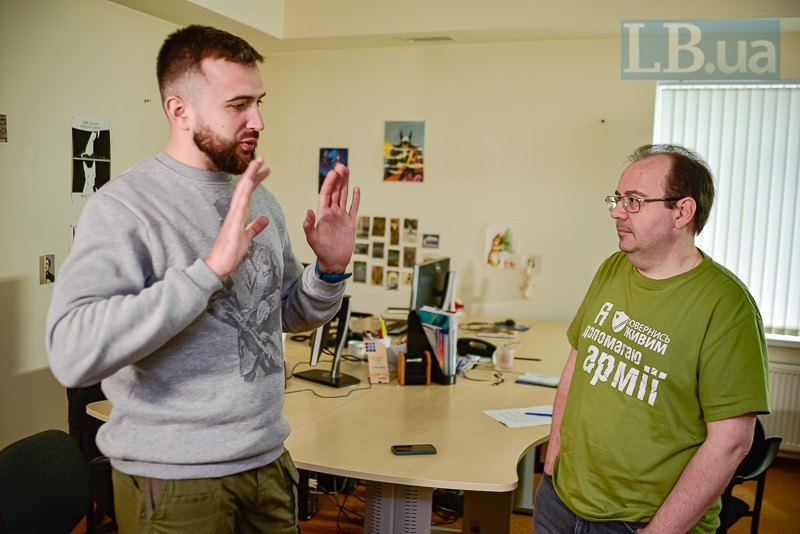
One month ago, Taras Chmut, the Head of the Foundation "Come Back Alive," told LB.ua that suppliers from several countries refused to sell military equipment, even bulletproof vests, to Ukraine. Has that changed now?
Partly yes, partly no. For example, it is still difficult to buy things in Germany, so we try not to work with German suppliers. It is challenging to work with the Emirates because their authorities have direct instructions not to transfer or sell any military or dual-use goods to Ukraine. But we try to find organizations or companies that are allowed to buy such goods and that can resell them to us.
It isn't easy to work with Israel. On the second day of the war, we bought more than 9,000 bulletproof vests, which have started to arrive only now. It is because people are constantly trying to make amendments to the contract. Saturday and Sunday are the days off, and when, let's say, you came back to this issue on Monday, they say: "Remind me of what we talked about there; let's get back to it on Wednesday." So you come back on Wednesday, and they make some amendments there, then Friday comes, then the weekend again, and we're moving at that pace. But there are few such examples, almost everything we ordered arrives in a week or two.
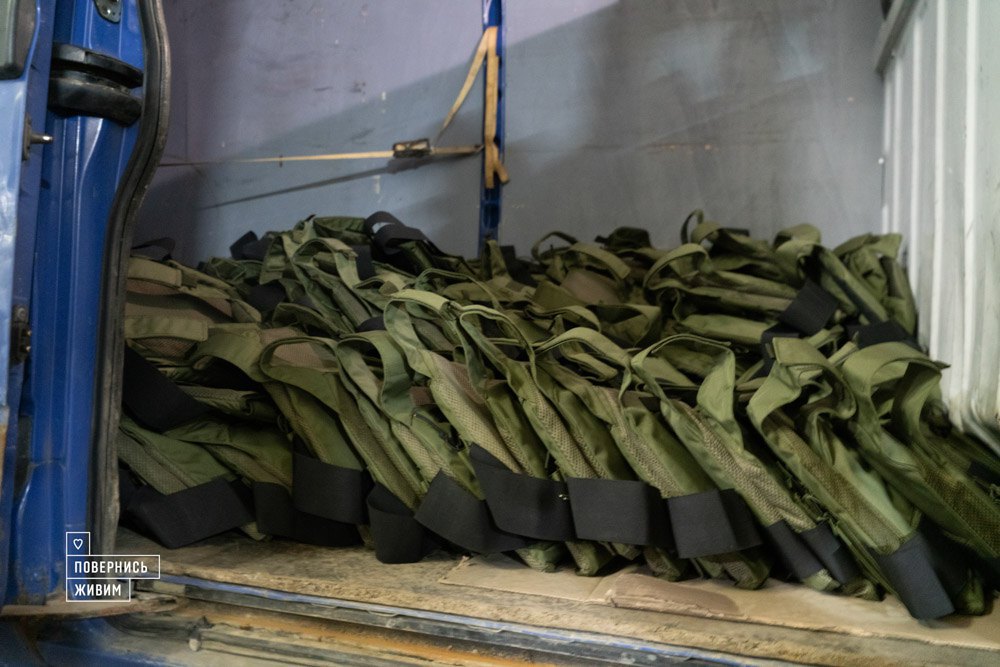
"The largest one-time donation - 15m hryvnias"
Before the war, you managed to develop very effective and powerful cooperation with the Ukrainian IT environment. Please tell me, how did you do it?
Back in 2021, I decided for myself that we needed to knock on the IT business door; IT people have pretty high salaries, loyal to the army, and there is a culture of donation and charity in the IT-sphere. Also, we have powerful donators in this sphere who have been with us since 2014. We started to communicate actively with them, began to contact the management of companies, explain, tell, and suggest some specific projects. And the IT community has actively picked up on this story. Now, we have pretty warm relations with the top IT companies in Ukraine, and they support us the most.
IT donators hold the first place. And who is on the second or third? Is there such a thing?
Unfortunately, we did not have time to get to our agribusiness. Still, after analyzing the donations we received during the first month of the war, we realized that a lot of money came from the agro-industry. Farmers transferred 5, 10, and sometimes even 12m hryvnias a day. This was their own initiative, and I understand that this is one of the directions we will need to move.
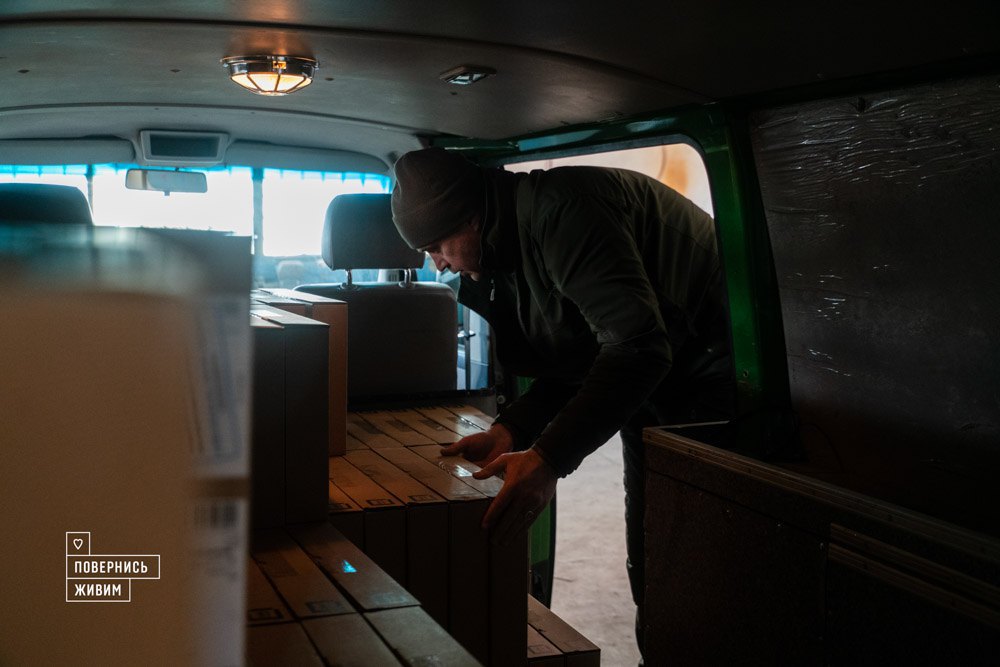
What was the largest one-time donation during the war?
The largest one-time donation is 15m hryvnias; it was in March, and it was from one of our oil and gas companies.
Non-state one?
Naftogaz or one of its subsidiaries.
And if we talk about systematic, long-term cooperation, who are the biggest donators of "Come Back Alive"?
You can definitely give the first two places to DOU (media for the IT community. - LB.ua) and Uklon (car call service in Ukraine. - LB.ua). The important thing is that they are systematic: they have been supporting our team monthly since 2014; they are supporting the Armed Forces of Ukraine, which has allowed us to make some plans for the future, to develop new projects. Since 2014, they have transferred large sums of money to the foundation. I can not name the exact sum, but, for example, in the case of DOU founder Maxym Ishchenko, it is more than 20m hryvnias.
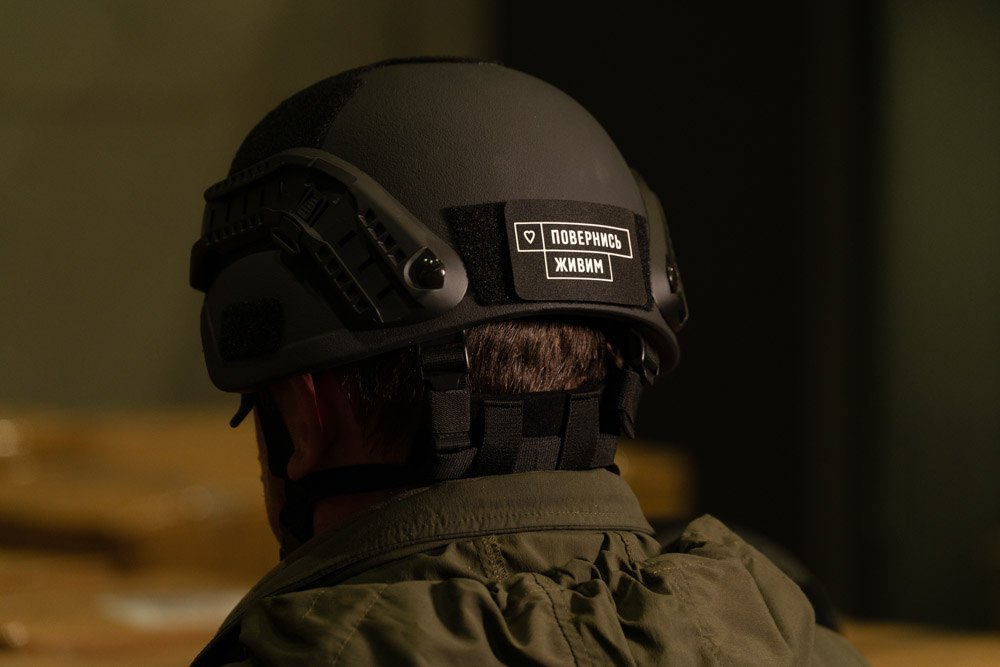
Since the beginning of the war, the Ukrainian economy has lost at least a third of its capabilities, according to various evaluations. Has this already affected the donations?
This affects, of course. In March, the amount of donated money decreased dozens of times. For comparison, on 2 March 2022, we collected over 308m hryvnias; now, we receive 20-30 million a day. We predicted it, and we understand the situation. Our task is to secure those donations that we have today.
20-30m hryvnias it is still a lot.
We understand, indeed, as you say, that our economy is suffering greatly. We understand that we need to involve some international community and knock on foreign companies, foreign private foundations, and individuals' doors because our situation will worsen over time. People are exhausted, business is exhausted, and it will take a long time for it to pick up the pace again and get to some kind of pre-war state. That is why we need to reach out to the international community.
Now we are developing an algorithm on how to do it right, who is better to knock to, and who is not to be disturbed. But, again, there are a lot of restrictions in the countries themselves and in the United States because some companies can't just transfer money to "Come Back Alive" because, again, we're at war, and it can not be omitted.
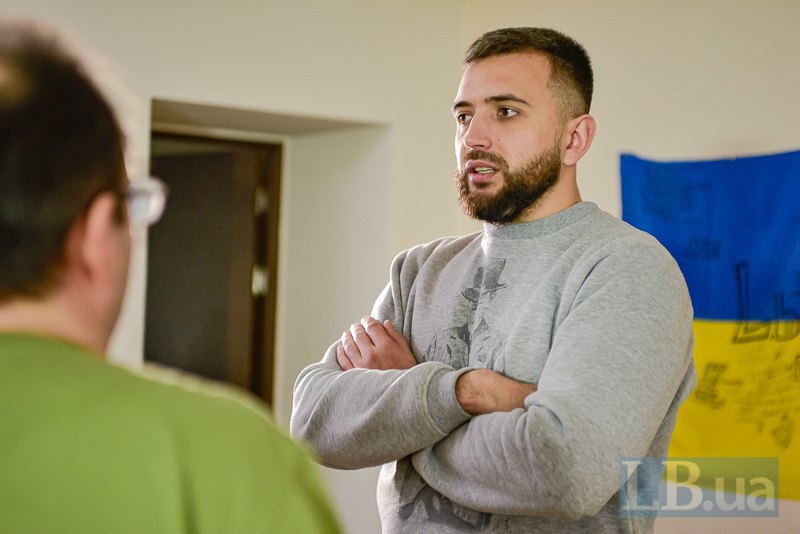
You save lives.
But according to their understanding, it is support for the war. We try our best to explain that we are talking about protection, and almost all the equipment we buy is for the protection of our worriers only, but this is not enough for the international community; they need specific humanitarian goals, which we, unfortunately, do not work with. So I think we will offer projects related to military training…
For example, support for veterans is one of the foundation's activities. Western audiences can certainly understand it. So, yes, this is one of our areas. Now our team is participating in the Games in the Hague (Invictus Games - international sports competitions for veterans. - LB.ua).
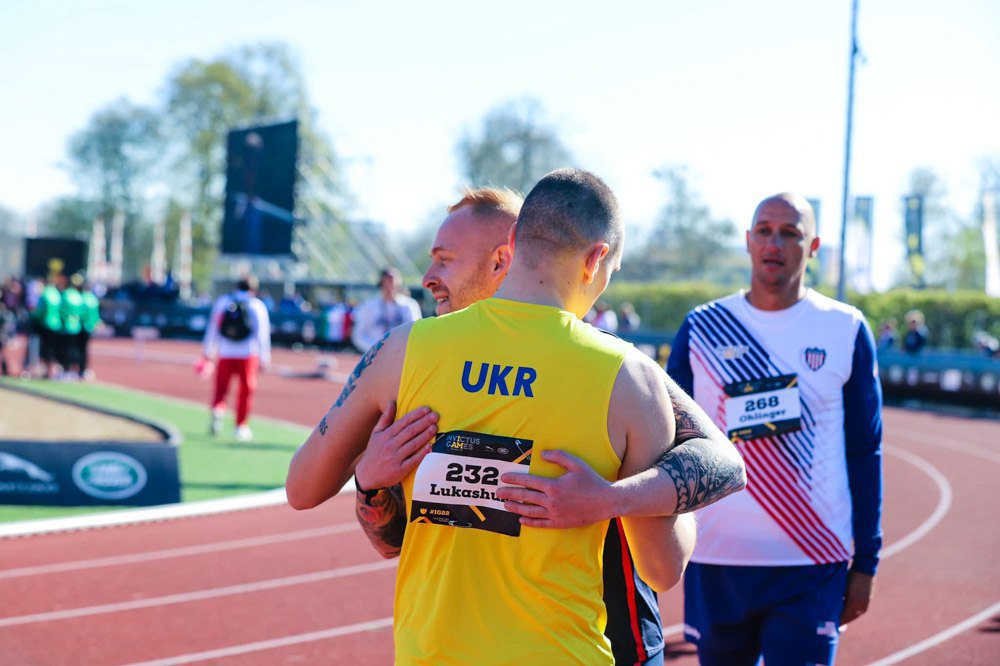
"We are actively working with artillery units and MRLS crews because this is what will help us win this war."
In February, you announced that you had focused on seven areas. These are thermal imagers and night optics, reconnaissance equipment, drones, communication equipment, transportation means, equipment for command posts, sniper equipment, and protection means, which are bulletproof vests and helmets. Now, two months later, have the foundations' priorities changed? Are these needs still relevant?
Some areas are simply becoming more of a priority, and there are areas where the needs have been reduced a bit. For example, if to compare, other volunteer organizations are gradually providing the army with bulletproof vests and helmets, plus the state receives a lot of material and technical assistance from our partners. For example, there were several deliveries to Ukraine containing more than 50 thousand bulletproof vests that were immediately distributed among the military units according to their needs. So, the demand for these things is decreasing a little.
Frankly speaking, we didn't really want to deal with this area because we're thinking about more global things that are about our unit's effectiveness. But, unfortunately, there was a big request from society to work in this direction. We are gradually closing the issue of thermal imagers; again, this is one of the areas we picked in 2014. We have purchased quite a lot, more than 5 thousand units, which is a considerable amount, but the need still exists.
We still need radios because the number of units has increased, the number of people has increased as well, so we need additional means of communication.
Now we need cars. Unfortunately, we lost a lot of our armored vehicles and a lot of cars for transportation. That is why we are working in this direction again. In addition, Ukraine receives many man-portable anti-tank and anti-aircraft systems, and units that use them must be mobile to have higher efficiency.
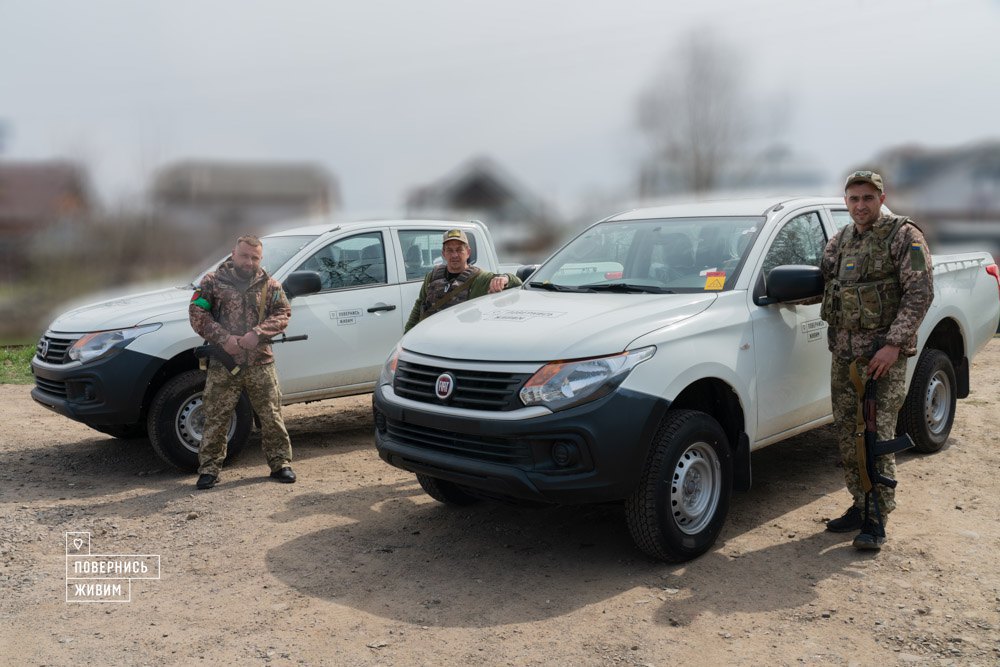
I must note that you have decided to buy large batches of new identical cars. This is very cool and right because the problem of unification, spare parts, and maintenance disappears.
But we get a lot of complaints about doing this. For example, we bought 50 new cars from the showroom. The price for each one is more or less 20 thousand dollars. This is quite a price, for 20 thousand dollars we could buy five cars manufactured in 2000-2005 spending 4 thousand dollars on each.
But the new car will run for some time without needing a repair, and the used one can arrive and need to be fixed at once.
We try to explain it, but unfortunately, people don't understand it for some reason. We had this problem back in 2014-2015. Our task is to make the unit as efficient as possible, not to add to their problem. Because when you are somewhere in the fields in the east or south of the country, you obviously do not want to have to fix the car and look for some spare parts.
How do you decide what to buy, where to buy, whom to transfer to, and how many?
We have had quite close cooperation with the Armed Forces of Ukraine since 2014; we are in contact with all unit commanders.
It is clear how you collect information about needs. But, let's say, who decides who is to be helped first: this brigade or another one; this battalion or another one?
First of all, it depends on where the unit performs its missions. Of course, in the first weeks of the war, we gave as much as we could to everyone. But now, the active phase of the war is in the east and south of the country. Therefore, priority is given to those units that know how to fight, that know how to work with this or that equipment.
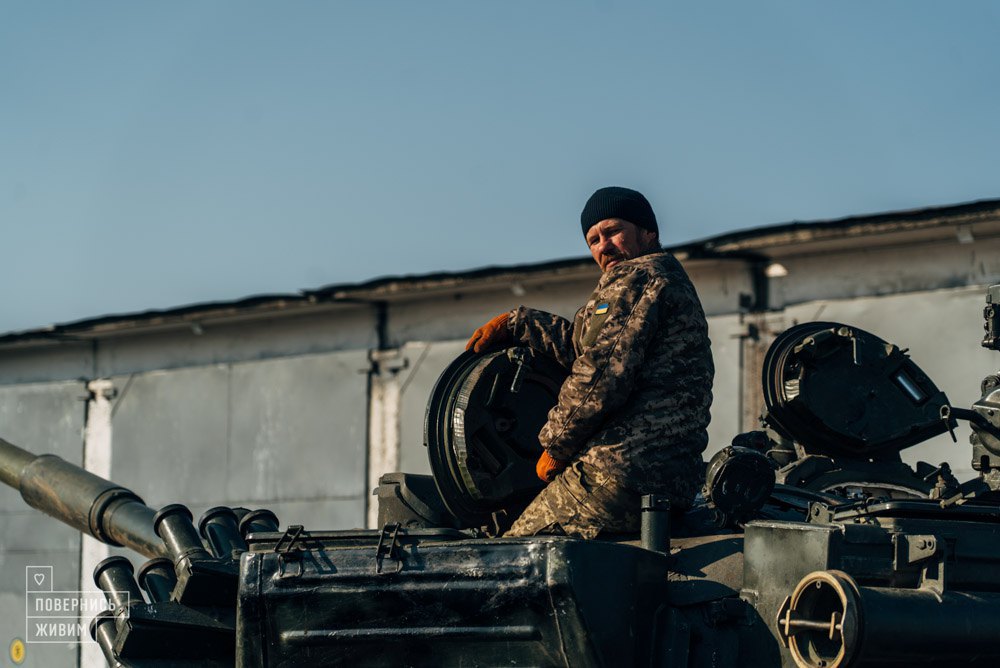
We also focused on the units of the Reserve Corps; these are newly created brigades, which really face the lack of different equipment, from monitors to military equipment. That's why we handed over the first cars to the newly created brigade. They have a significant quantity of anti-tank and anti-aircraft weapons, but they need to get some mobility.
We are actively helping artillery units and MRLS crews because that will help us win this war. Because as long as our artillery works, as long as our air defense units work, as long as our aircraft fly, we will be able to fight the enemy.
What are the primary needs of the Armed Forces of Ukraine now that are covered by volunteers?
Thermal imagers, unfortunately, are still an issue. There is a big problem and the need for means of communication, and here our task is not to make a so-called "salad" - not to buy radios of any range. We are trying to purchase those types of radios that the militaries have known and used since 2014.
At the same time, the Armed Forces use communication means from several manufacturers - Aselsan, and Elbit.
These are non-working systems, so we don't even pay attention to them. The whole army is on "Motorola radios," everyone knows about it, and it's no secret. "Aselsans" and "Elbits" are rarely used. We conducted research on this topic in 2018-2019, and almost nothing has changed since then. "Harris" radios are partially used by the Ukrainian Air Assault Forces and Special Operations Forces units.
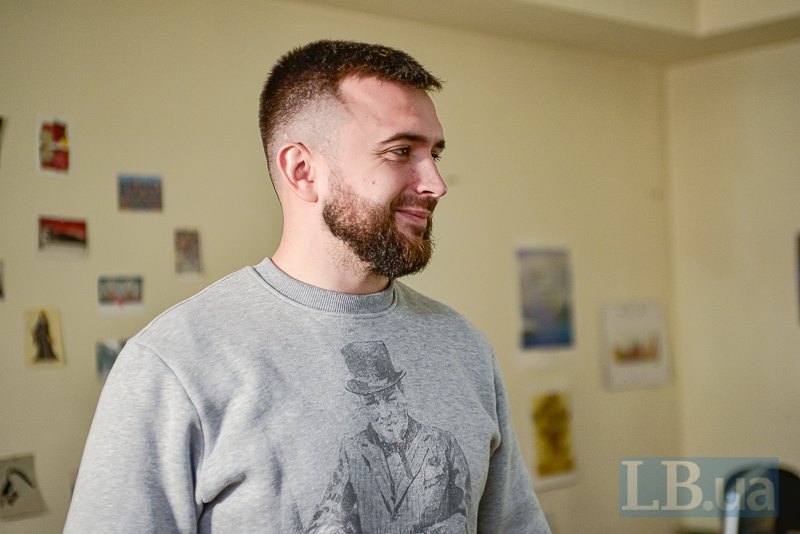
And why not use the communication means that were bought by the state?
There is no quality training; two departments using different radios cannot interact with each other. I mean, they can communicate using an open channel, but this does not suit us at all. And again, they do not have the necessary amount of equipment. It is still possible to communicate at the level of "battalion-battalion" using these radios, but, for example, there is no such possibility to do so at the lower level because the quantity of radios is insufficient. So we use "Motorolas," they are as simple as possible, they have a certain level of protection and do not require any additional training, and they are very easy to use.
… The problem of road transportation remains relevant. I see that many people are buying transportation means, including the Prytula Foundation. But sometimes you just want to cry when you see what they are buying - cars that will last a maximum of a month or two; then they will just break and turn into dead weight and an additional burden on the unit commander's shoulders.
Everything is needed if we talk about the newly created units - from monitors to aircraft. That is why, we try to cover their needs, at least to some extent, just to allow them to work properly and be efficient.
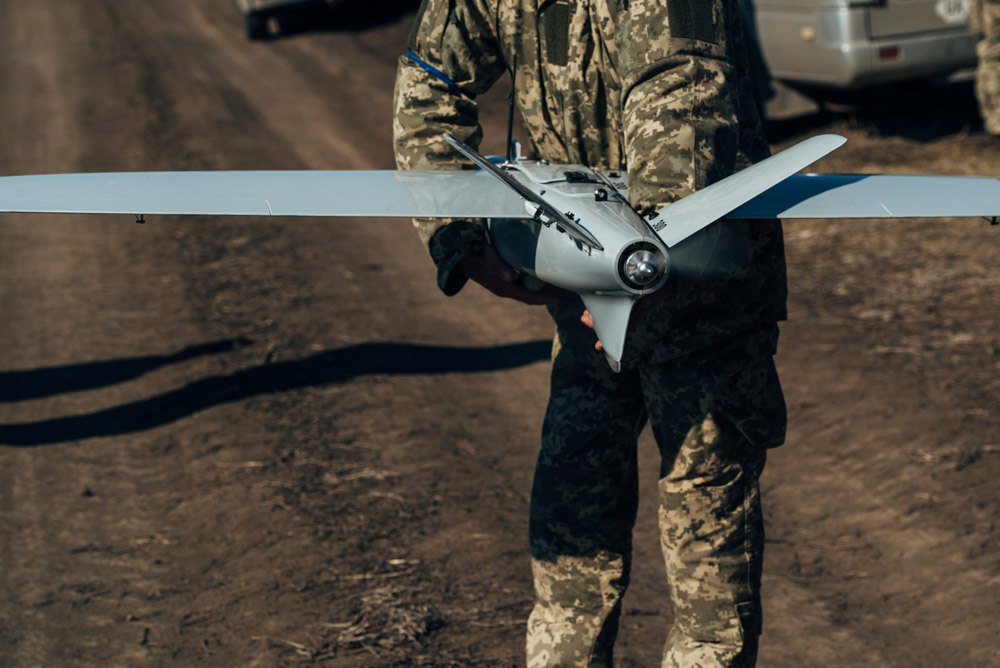
What problems should one not come to "Come Back Alive" with?
It is a long list. We receive dozens of requests a day, and most are not related to our work. So we have to refuse people, and people don't like it. But this approach allows us not to break our resources on anything and everything but to deal with specific areas and feel that our work is effective.
The foundation does not deal with uniforms, gear such as load-bearing vests, knee pads, elbow pads, tactical goggles, or belts. Everything related to clothes and shoes is not our area.
We, let's say, do not really want to deal with medicine, but it keeps haunting us all the time. It is because we receive large packages of bulletproof vests and helmets from our partners in the United States, and Americans sometimes buy something medicine-related to go with. Together with the IT company MacPaw, we purchased more than 40,000 combat application tourniquets; it was a one-time event. I think that in the future we will not work in this area.
How often do people come to you with money for specific purposes? It is like they say: "I give money, but it should be spent on this?
Quite often, actually, we understand that we need to do some specific project activities because people want to know how we spend their money. In addition, people are interested in seeing that they are involved in doing something concrete.
Large companies, particularly IT companies, are very interested in project activities. Generally, probably in 40% of cases, they ask for a specific request on which these funds will be spent. And every day, the need for such communication grows.

At the beginning of March, the Ministry of Defense tried to create a specific platform to coordinate the activities of volunteer organizations. How did it work? How is communication between volunteer organizations happening now?
I don't think it worked. I don't know why. Perhaps, as with any government initiative, this is quite difficult. As of today, there is no coordination between volunteers and no structured system.
But there is a chat system. Let's say, where “what did you give? and I'm working on this, and you're working on that."
This is situational cooperation. In particular, we are working together with Prytula, and we simply agree on something or compare some inquiries with him, like "did you give this or not." Sometimes we just help one another; if Prytula, let's say, needs 200 quadcopters today, he comes, receives 200 quadcopters, and distributes them to his units. If, for example, we run out of tablets, we ask Prytula, and he gives us 300 tablets, which we distribute among our units. But there is no structured coordination system there. Everything is built only on personal relationships and nothing more.
What are the most ambitious projects that "Come Back Alive" is currently working on? I am asking of those you can share information about.
We are currently negotiating the purchase of interesting equipment, let's say this way. But I can't say more; contracts and the purchase of specific equipment is a very delicate situation. Everything is built on personal relationships, stories, and sympathies in this market. Therefore, we want to bring one story to an end and then we will present it to the public. But it will be an interesting project.
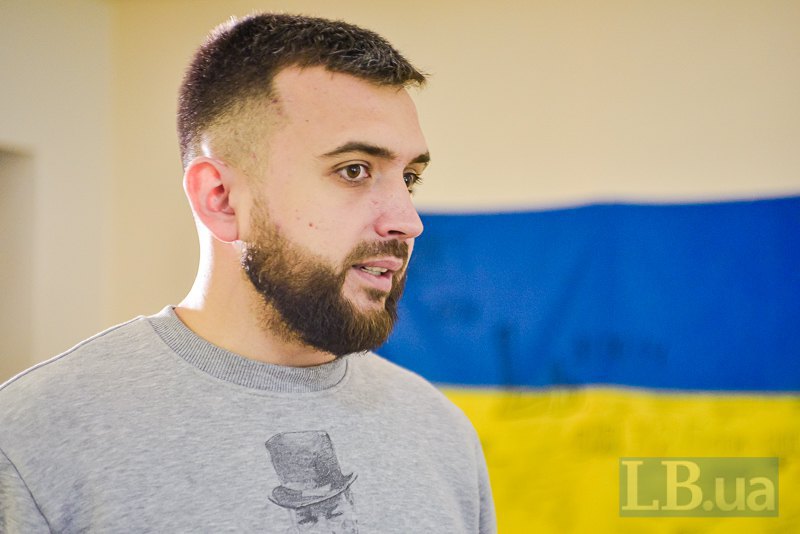
"I think we will have two, three, or even four years to prepare as much as possible for the future offensive."
How do you personally assess the situation at the front now?
It is clear that the most difficult situation is in the east and south of Ukraine. In particular, it is the northeast of our country; it is the Izium area, it is Sievierodonetsk, it is Popasna, it is Rubizhne, it is Lyman. These are the hottest spots where combats occur every day, every hour. The problematic situation in Mariupol is a well-known story; I would not like to talk about it separately because everything is clear, and there is nothing to add.
Enemy aircraft represent a significant threat to our troops, and they, unfortunately, inflict major losses.
Russia will try to reach the administrative borders (Donetsk and Luhansk regions. - LB.ua) and will try to do the maximum in the South area. But after that, there will be a tactical pause. Russia needs to analyze its actions, analyze the mistakes that were made, what worked out, what failed, and what needs to be regrouped, replenished, and how to move to a new phase. It is difficult to predict how long this tactical pause will last, but I think we will have two, three, or even four years to prepare as much as possible for the future offensive.

Many observers and even officials say that 9 May 2022 is a specific deadline for the russians to achieve at least some visible success. So let's say that by 9 May 2022, they will not be able to achieve anything, and most likely, they will not. And what will happen then? Will there be no pause?
Until 9 May 2022, I think it will not work. I would not concentrate on a specific date.
So they say.
They need a small victory. The russians, in fact, did not achieve any results in almost two months of the war. They control one regional center, and that is all.
And it was not even defended, if I put it mildly.
Yes, it's true. We simply did not have enough units to ensure control over that area. Therefore, the russians need to explain their defeats somehow; they need to show their society somehow: "look here, we have reached some administrative borders." So, if they achieve this result, it will be a great victory for them.
I'm just not sure they will be satisfied with a small victory, as you say. Their goal has not changed - it is the destruction of Ukraine.
The global goal, I think, yes.
So why should they stop? We understand that the manpower resources of russia are huge.
Yes, they are huge, but they have a clear understanding: all their tactics and all their interaction between units do not work.

And they need to regroup somehow, find some new ways, replenish units, and all these things need time. It is necessary to coordinate the units.
I'm not saying they reject global plans to conquer the whole country, by no means. But as of now, the russians need such a small victory.
What can Ukraine do now? What are we capable of now?
This is a difficult question. Our military-industrial complex does not work; it does not exist; in this sense, Russia has partially achieved its goal. Therefore, we need to cooperate as much as possible with the international community and get the necessary amount of equipment, weapons, and aircraft. And invest as much effort, money, and time as possible to train our army.
Unfortunately, we did not have time to finish creating our territorial defense units, and I think that is why the russian federation has attacked now. If we had another six months or a year, the resistance would be much stronger. The task, for now, is to sharpen the process of territorial defense and newly created units' training, provide them with equipment, build the best fortifications we can and prepare ourselves for the next offensive.
